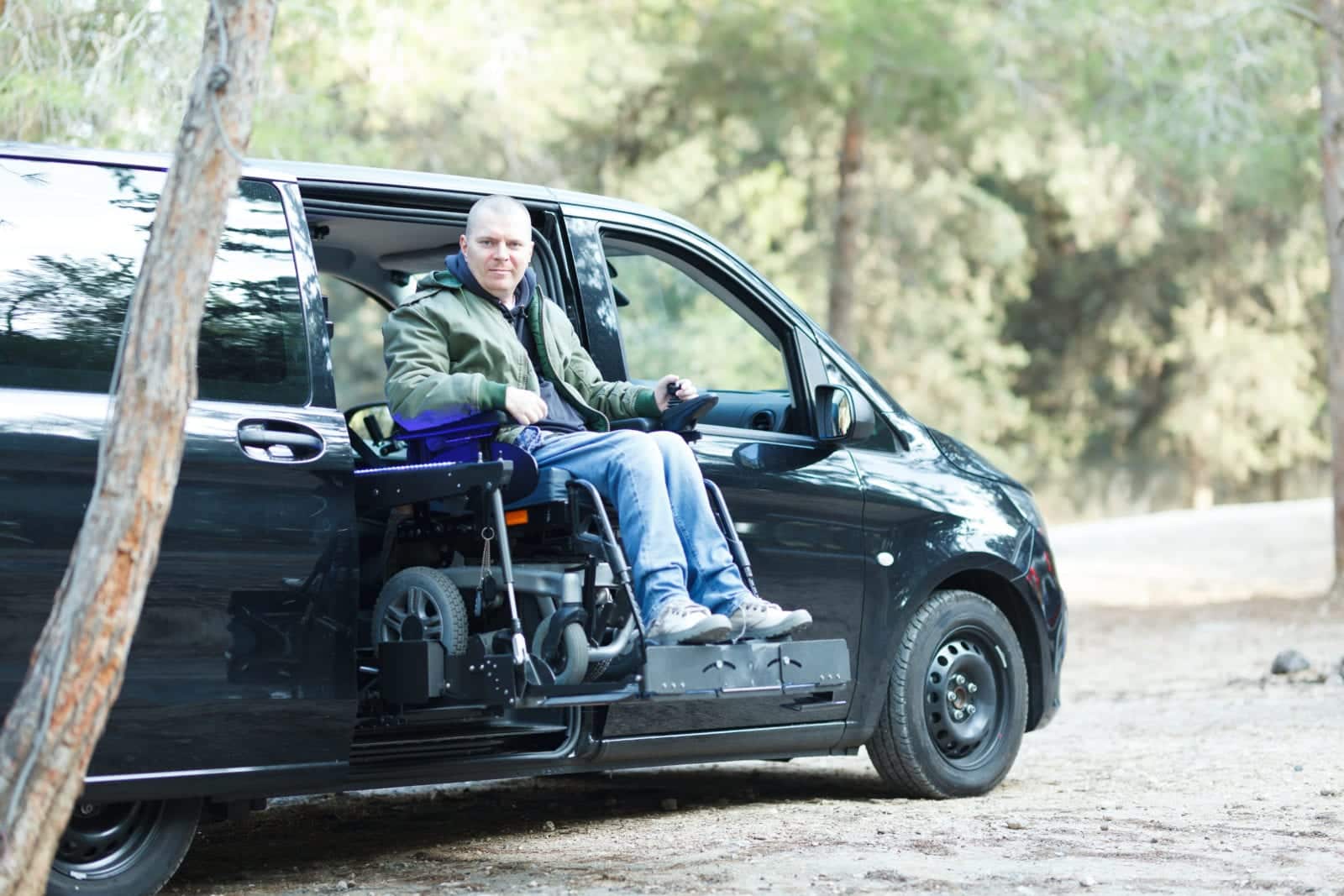Call to speak to a Licensed Insurance Agent
Mon - Fri 8am – 8pm EST; Sat - Sun 10am - 6pm EST

Handicapped vans can be pretty expensive. However, if you are a handicap, or living with someone who is, you know how important it is to have this type of vehicle.
Because of the high costs, a common question many people have is, “does Medicare cover handicap vans?” In this article, we answer this question in clear, plain English. You will also find the average costs of handicap vans, as well as other helpful info.
The short answer is, no, in most cases, Medicare will not cover the cost of handicap vans. That said, there may be some situations where you can get these costs covered. Below we’ll take a closer at this to see when you might be able to get Medicare to pay for your handicap vans.
Though Original Medicare (Medicare Part A and B) does not cover handicap vans, some Medicare Advantage plans (Medicare Part C) cover them. Some Medicare Advantage plans offer coverage for non-emergency transportation services, which may include conversion to handicap vans.
If your Medicare Advantage plan doesn’t cover handicap vans, there are some things you can do. One is find a Medicare Advantage plan that does and switch plans. Or, you can look for state grants or non-profits which could offer some help.
Conversion to handicap vans usually costs between $10,000 to $20,000. However, the costs depend on the type of wheelchair access you require, the technology you want to add, and the type of van you have. On some occasions, handicap vans can cost over $20,000 and go as high as nearly $50,000, especially if the van you modify is a higher end vehicle.
Some companies sell already-modified vans rather than convert a regular one to a handicap van. The cost of their offers does not differ much from the converted vans.
Handicap vans are modified versions of regular vans that are accessible to people with disabilities. Handicap vans can either have side- or rear-entry, or in-floor or foldout ramp entrances. These types of vehicles often have customizable accessible technology and interiors that provide more room than a normal van has.
Conversion to a handicap van requires a lot of work. The first thing that a mechanic does is to remove the existing seating from the vehicle and the interior panels. Then the vehicle floor is lowered to install the custom interior paneling. After that, the ramp is installed either on the rear door or passenger sliding door sides. The rear bench is installed if it is a side-entry conversion. On a rear-entry conversion, the front seats remain and only the rear of the vehicle is lowered.
Note: Medicare coverage changes all the time. And your specific coverage may vary from plan to plan for Medicare Advantage and Medigap plans. Always be sure to double check with your health care provider and/or Medicare insurance provider about what your plan covers and what it does not.
This article is part of our series on “What does Medicare cover?”
Also, you can check out other articles in this series including: Does Medicare cover toilet seat risers?